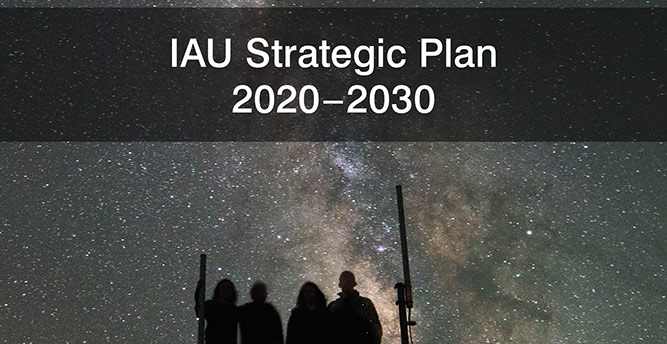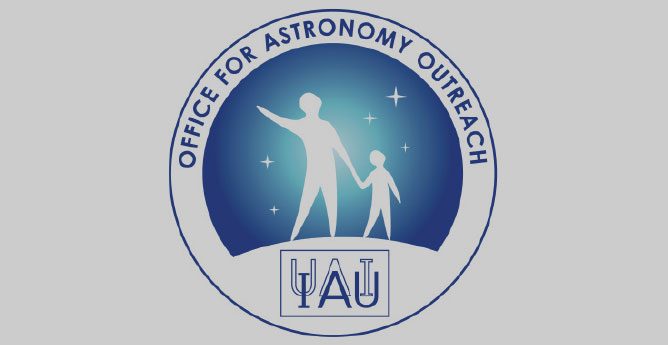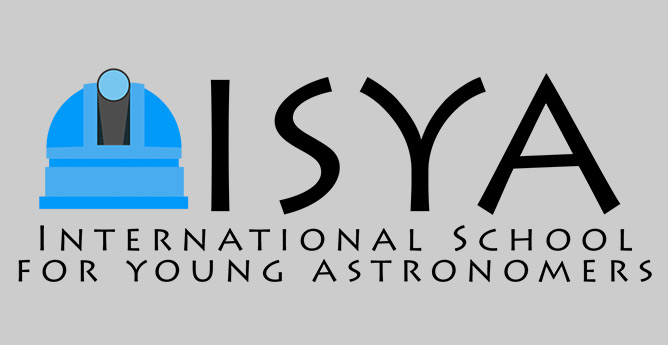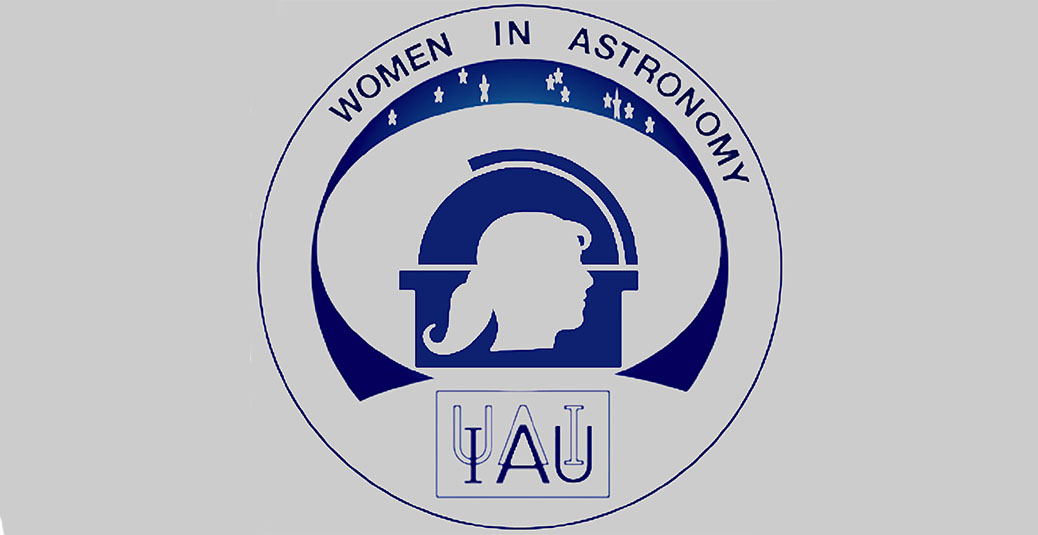- News
- Science
- Scientific Bodies
- Divisions
- Commissions
- Commission A1 Structure
- Commission A2 Structure
- Commission A3 Structure
- Commission A4 Structure
- Commission B1 Structure
- Commission B2 Structure
- Commission B3 Structure
- Commission B4 Structure
- Commission B5 Structure
- Commission B6 Structure
- Commission B7 Structure
- Commission C1 Structure
- Commission C2 Structure
- Commission C3 Structure
- Commission C4 Structure
- Commission C5 Structure
- Commission D1 Structure
- Commission E1 Structure
- Commission E2 Structure
- Commission E3 Structure
- Commission E4 Structure
- Commission F1 Structure
- Commission F2 Structure
- Commission F3 Structure
- Commission F4 Structure
- Commission G1 Structure
- Commission G2 Structure
- Commission G3 Structure
- Commission G4 Structure
- Commission G5 Structure
- Commission H1 Structure
- Commission H2 Structure
- Commission H3 Structure
- Commission H4 Structure
- Commission J1 Structure
- Commission J2 Structure
- Commission J3 Structure
- Commission X1 Structure
- Commission X2 Structure
- Past Commission Organising Committees
- Working Groups
- Centres
- Scientific Meetings
- Rules & Guidelines
- General Assemblies
- Meeting Proposals
- Future IAU Meetings
- General Assemblies
- EC Meetings
- Officers' Meetings
- Regional Meetings
- Symposia
- Focus Meetings
- Institutional Meetings
- IAU Offices Meetings
- IAU-Sponsored Meetings
- Letters of Intent submitted for 2024
- Letters of Intent submitted for 2023
- Letters of Intent submitted for 2022
- Letters of Intent submitted for 2021
- Letters of Intent submitted for 2020
- Past IAU Meetings
- Templates
- Other Meetings
- Grants & Prizes
- Scientific Bodies
- Publications
- IAU Publications
- IAU Strategic Plan
- Symposia
- WGSBN Bulletins
- Regional Meetings
- Information Bulletins/Catalyst
- E-Newsletters
- Focus Meetings
- Transactions A
- Transactions B
- Related Publications
- GA Newspapers
- CAPjournal
- IAU Books
- Brochures
- IAU Offices
- WG Reports
- Commission Reports
- Division Reports
- Past IAU Publications
- Rules, Guidelines and Instructions for Proceedings
- Publishers
- IAU Publications
- Administration
- About the IAU
- Statutes & Rules
- IAU Policies
- IAU Executive Bodies
- IAU Secretariat
- Resolutions
- Members Administration
- Administrative Dates & Deadlines
- International Organisations Relations
- Donate to the IAU
- Training in Astronomy
- Astronomy for Education
- Astronomy for Development
- Astronomy for the Public
- Office for Astronomy Outreach
- FAQ
- Themes
- Satellite Constellations
- Astronomy in Everyday Life
- How to Report a Discovery
- Careers in Astronomy
- Defining our Place in the Cosmos
- The Constellations
- Light Pollution
- Measuring the Universe
- Near Earth Objects
- How to Participate in Astronomy Research
- Naming of Astronomical Objects
- Naming of Exoplanets
- Buying Star Names
- Naming Stars
- Pluto and the Solar System
- IAU Member Statistics
- Our Moon: the Moon
- Meteors & Meteorites: The IAU Definitions of Meteor Terms
- UNESCO-IAU Portal to the Heritage of Astronomy
- Social Media
- Past Events
- Call for Online Resources
- Astronomy@Home Awards
- Contact
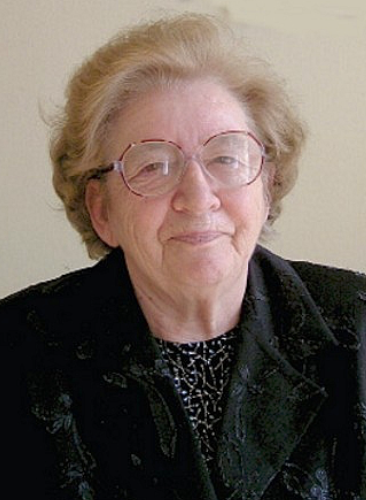
Natalia Nikolayevna Stepanian
Russian Federation
1931-2018
Obituary:
Natalia Nikolayevna Stepanian has died at the age of 87 after a long illness. She was one of the oldest researchers of the Crimean Astrophysical Observatory who pioneered solar physics in Crimea, Doctor of Science in Physics and Mathematics, Professor.
Natalia Nikolayevna was born on 22 June 1931 in Moscow. After graduating from school in 1949, she became a student of Lomonosov Moscow State University. In 1954 she was accepted as a postgraduate student to CrAO. N.N. Stepanian advanced from a junior researcher to the Head of the Laboratory, substituting Academician A.B. Severny for this post in 1989. In 1963 she defended her thesis on a study of metal lines and rare earths in flares, and in 1984 – Doctoral thesis on a study of the evolution of activity and its prediction. Since 2006 – Professor, Honored Scientist of the Republic of Crimea (2009), Member of the International Astronomical Union. She is an author of more than 240 research papers and two popular books.
N.N. Stepanian actively participated in creating and exploring an instrumental base for solar observations. She took part in mounting the Tower Solar Telescope BST-1 and in first spectral observations with it. She substantially contributed to the construction of the horizontal, second tower telescope and two versions of an air-based telescope for operative prediction of flares under bad weather conditions. N.N. Stepanian studied behavior of the magnetic field in the solar atmosphere during flares based on field measurements in lines produced at various heights. She elaborated multi-parameter methods for predicting the evolution of active regions, which were particularly applied in operative predictions of solar activity during the flights of cosmonauts. N.N. Stepanian paid considerable attention to the organization of the Solar Service in CrAO. In the last years she was interested in problems of the evolution of large-scale structures: coronal holes, background magnetic field structures and their relation with the solar activity.
Past affiliation(s) within the IAU
- Past Organizing Committee Member of Commission 10 Solar Activity (2000-2003)
- Past Member of Division E Sun and Heliosphere (until 2018)
- Past Member of Inter-Division B-E WG Coordination of Synoptic Observations of the Sun (2016-2018)
- Past Member of Commission 10 Solar Activity (until 2015)
- Past Member of Commission 12 Solar Radiation & Structure (until 2015)
- Past Member of Commission 12 WG Coordination of Synoptic Observations of the Sun (2013-2015)
- Past Member of Division II Sun & Heliosphere (until 2012)
Search individual members


